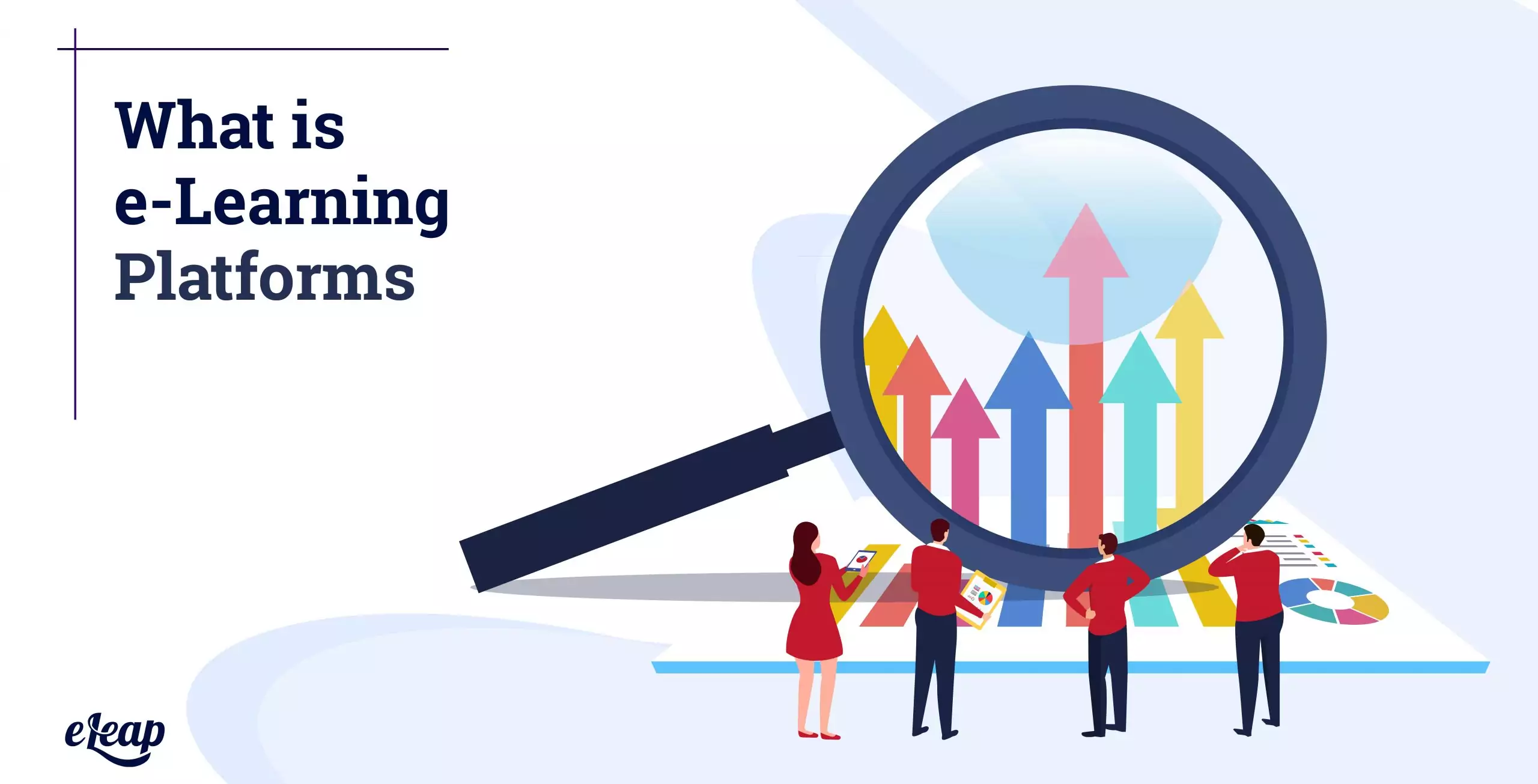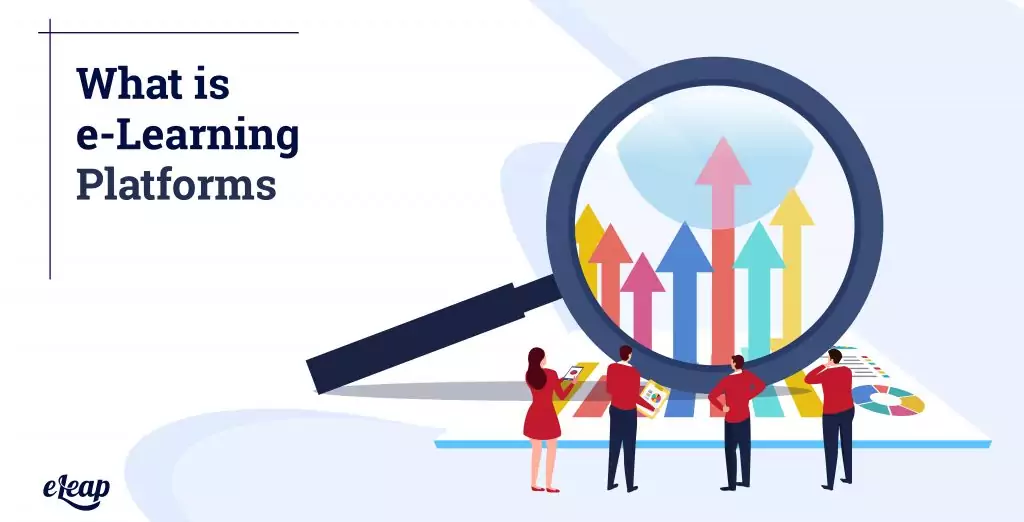What is e-Learning Platforms
e-Learning Platforms and How They Can Benefit You

Are you looking to move your trainings or courses to an online platform for your school or business? Maybe you don’t have access to a physical space or maybe you’re hoping to offer new, innovative solutions that will keep your learners engaged. Whatever the case may be, e-Learning platforms are the ultimate inventive solution to traditional learning methods.

But what are e-Learning platforms and how can you use them in your training?
There are three major types of e-Learning platforms: learning management systems, social media, and web conferencing software. Most commonly, a school or corporation will use some mixture of the three to best implement trainings and educational systems.
We will go through each platform and how they can benefit your business.
What Are eLearning Platforms: Learning Management Systems
Learning management systems are like online classroom spaces, where there are multimedia courses and content delivered to students in lecture-based or discussion-based ways. There can be videos, audio, readings, slideshows, activities, and even quizzes.
Often, there will also be the availability for an instructor or facilitator to run these classes or discussions. However, learning management systems also offer courses that employees can do on their own time in order to take ownership of their own development. A key advantage to web-based LMS is the asynchronosity—students and teachers can work at different times. This enables training to be done anywhere, at any time, on any device.
LMS can be hosted locally or, as is growing more common, they can be web-based and kept “in the cloud” through a third party like eLeaP.
What Are e-Learning Platforms: Social Media
Social media platforms can be a type of learning method by offering chat rooms and online learning communities. For example, students can be a part of a Facebook group where a teacher can pose a question and students can respond and interact with one another. Like LMS, this enables multimedia and allows for “anywhere, any time, any device” learning.
However, it is nearly impossible to track or analyze the effectiveness of these trainings, which is important when launching a learning program through an online platform.
What Are e-Learning Platforms: Web Conferencing Software
There is software that allows for online conference calls or classes. These include videoconferencing, phones, live chats, polls, file sharing, and webinars. These must be done in real time, unlike LMS or social media, but they allow for high participation, engagement, and interaction. These are especially useful for one-on-one tutoring or to explain highly complex topics.
However, many of these webinars or live chats can be done through web-based learning management systems, which offer online support groups, user pathways, chat rooms, and flexible learning space.
The question “what are eLearning platforms” calls for an expansive response. Do your research to determine what kind of online solutions are best for your business. Think about the types of trainings, the learning objectives, how you would like students to engage with the material and with one another, and how you will track these trainings.
Consult for free with eLeaP to learn more about the benefits of LMS as a choice eLearning platform.